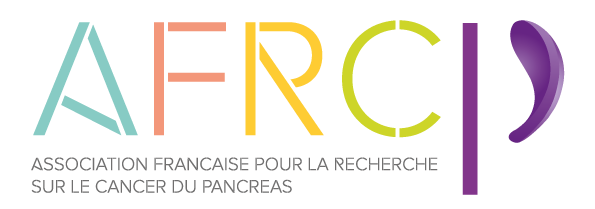Stroma accounts for 80 to 90% of a pancreatic tumor and plays a key role through interactions with malignant epithelial cells to promote cancer survival and therapy resistance. The pancreatic cancer microenvironment is dense and this hinders drug penetration. The disorganization/disruption of such dense stromal components or the inhibition of the signaling pathways that mediate the interactions between tumor and stromal cells could induce a more important anti-tumoral effect than the classical cytotoxic drugs.
The Hedgehog signaling pathway is strongly involved in pancreatic tumor progression and is a mediator of the «cross-talk» between tumor and stromal cells. Pre-clinical studies in genetically modified mice showed that the combination of gemcitabine with the Hedgehog inhibitor saridegib (PI-926) increases the drug concentration in the tumor and improves the animals’ survival. However, the phase I and II clinical trials did not confirm these encouraging results. The reasons of this discrepancy are not clear, but could be linked to the pre-clinical models used and the complexity of the stromal compartment.
As already mentioned, different tyrosine kinase receptors are expressed in the tumor and in the stroma and are involved in cancer cell proliferation and migration, angiogenesis and the high interstitial fluid pressure characteristic of pancreatic cancer. Among them, VEGFR (vascular-derived growth factor receptor), PDGFR (platelet-derived growth factor) and FGFR (fibroblast growth factor receptor) could be interesting targets in pancreatic cancer. Encouraging results in pre-clinical in vitro and in vivo studies have been obtained with a multi-tyrosine kinase inhibitor (dovitinib, TKI-258). Clinical studies are ongoing.
The extracellular matrix that composes the stroma could be perturbed with hyaluronidases. This strategy is based on the hypothesis that degradation of hyaluronic acid, a major component of this matrix, with enzymatic agents could disrupt the stroma physical barrier and increase drug penetration (Provenzano PP et al., 2012). In the mouse, injection of PEGPH20 (recombinant hyaluronidase conjugated to polyethylene glycol) normalized the micro-vasculature and increased the penetration of chemotherapy drugs and their anti-tumoral effect. Clinical studies on PEGPH20 in combination with gemcitabine, nab-paclitaxel or FOLFIRINOX are ongoing to determine the tolerance and activity (NCT01959139).




